Teaching in courses:
Research Group
Nanofluidics and bioimaging
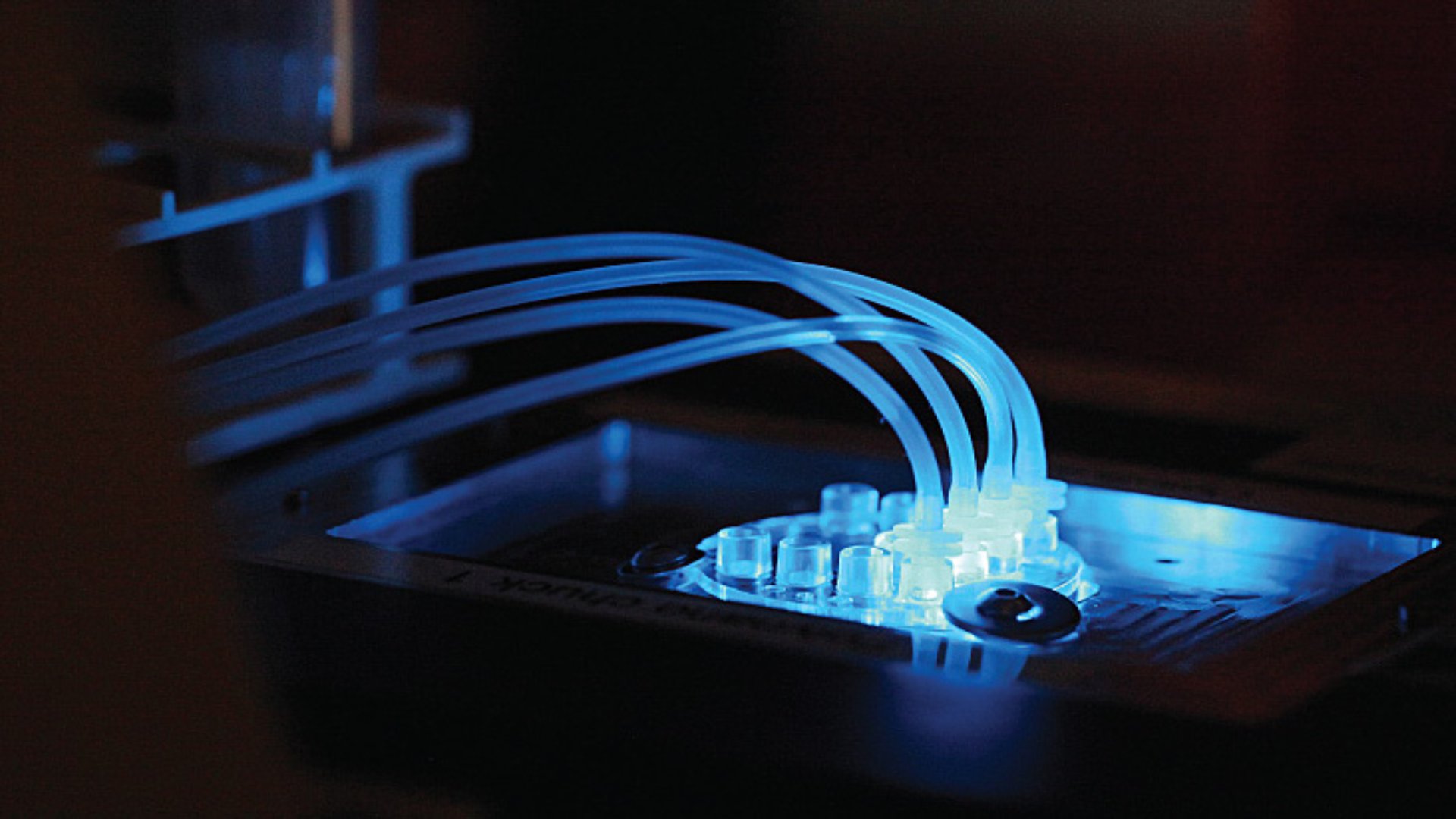
Group leader: Rodolphe Marie
The Nanofluidics and Bioimaging group is part of the OASIS section.
As an interdisciplinary research group, we focus on experimental nanofluidics for the manipulation and imaging of biologically relevant particles such as macro-molecules, lipid vesicles, metaphase chromosomes and cells.
Our goal is to provide new tools for the life sciences based on a combination of micro-/nanofluidics, biophysics, and several optical microscopy techniques.
Applications
- Enzymatic synergy
- Liquid biopsy
- Colloids
- Cancer study
- Cellular transport
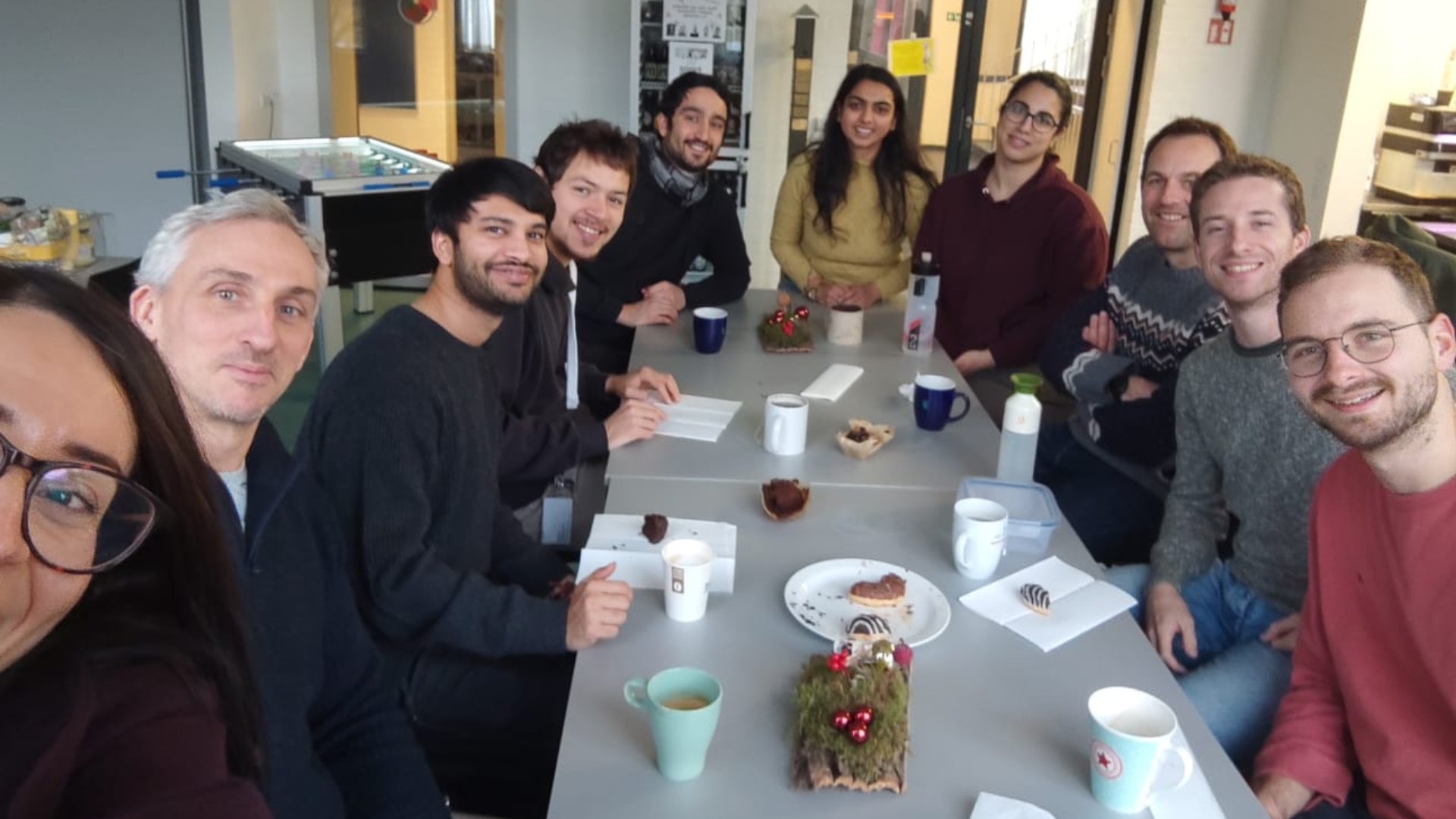
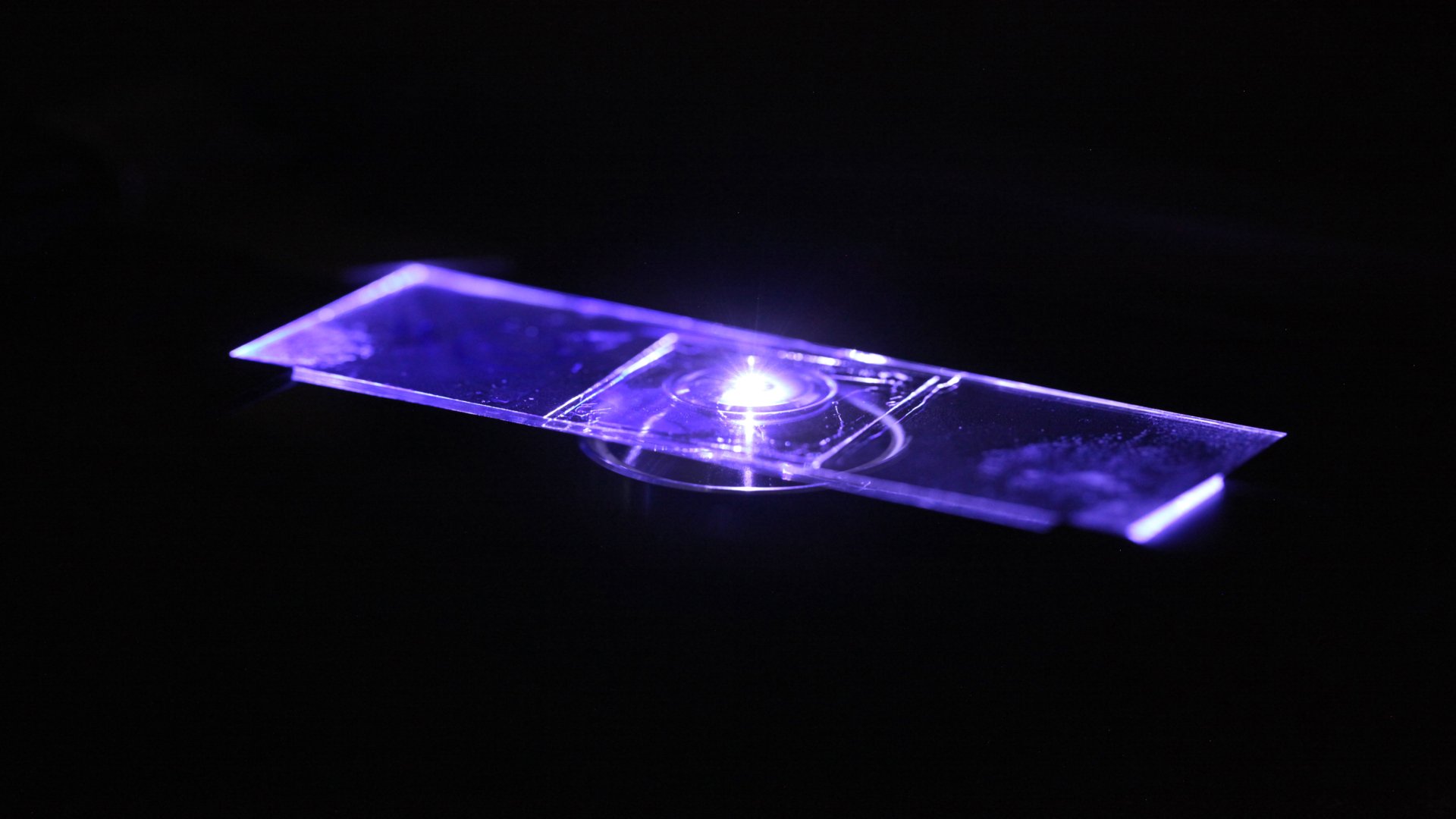
Projects
Ongoing research projects.
Single molecule microscopy of enzymatic synergy
NNF BioSAP grant
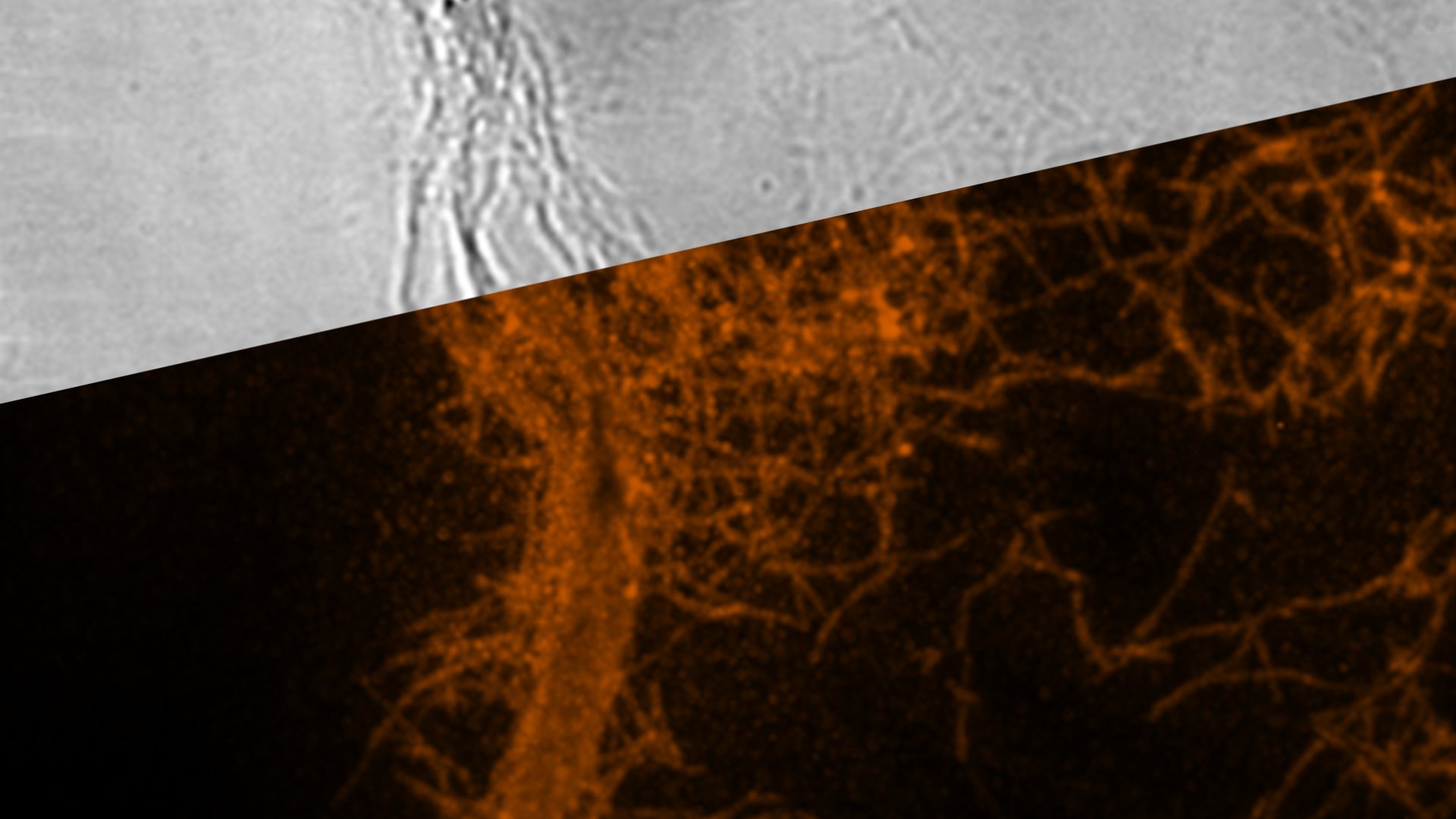
Single molecule localization microscopy of enzymes
We study the behaviour of cellulases enzymes on cellulose nanofibers using TIRF microscopy.
Collaboration with:
Jonas Nyvold Pedersen at DTU Health Tech.
Peter Westh at DTU Bioengineering.
Kim Borch at Novozymes.
Next generation biocolloids analysis for diagnostics
NNF Nerd grant
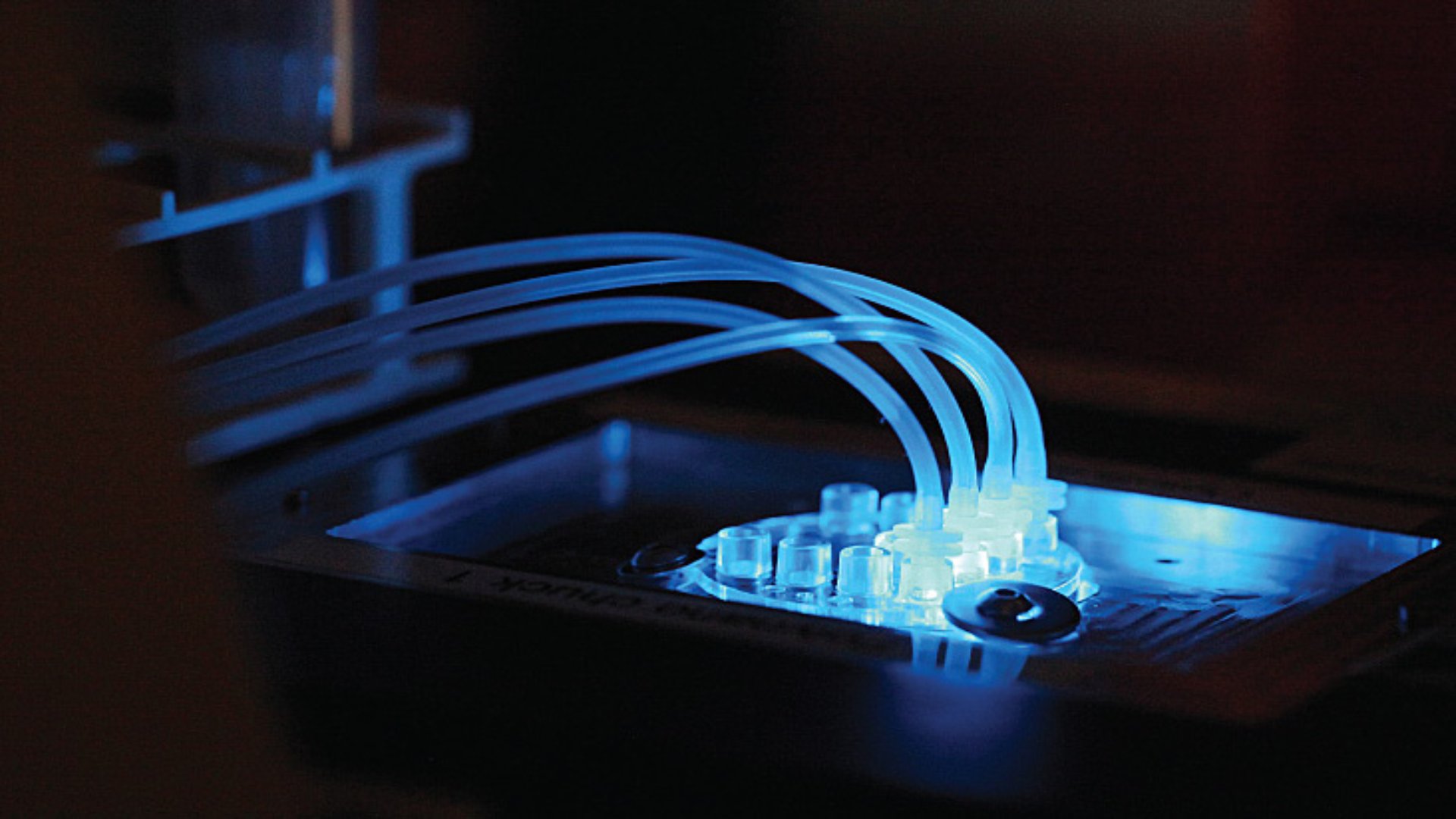
Nanofluidic platform for the isolation and study of biocolloids
Nanofluidics and microfluidics for the purification of biocolloids from liquid biopsy. Fluorescence microscopy and label-free microscopy.
Single Molecule microscopy of colloids
Part of the EU ITN Supercol.
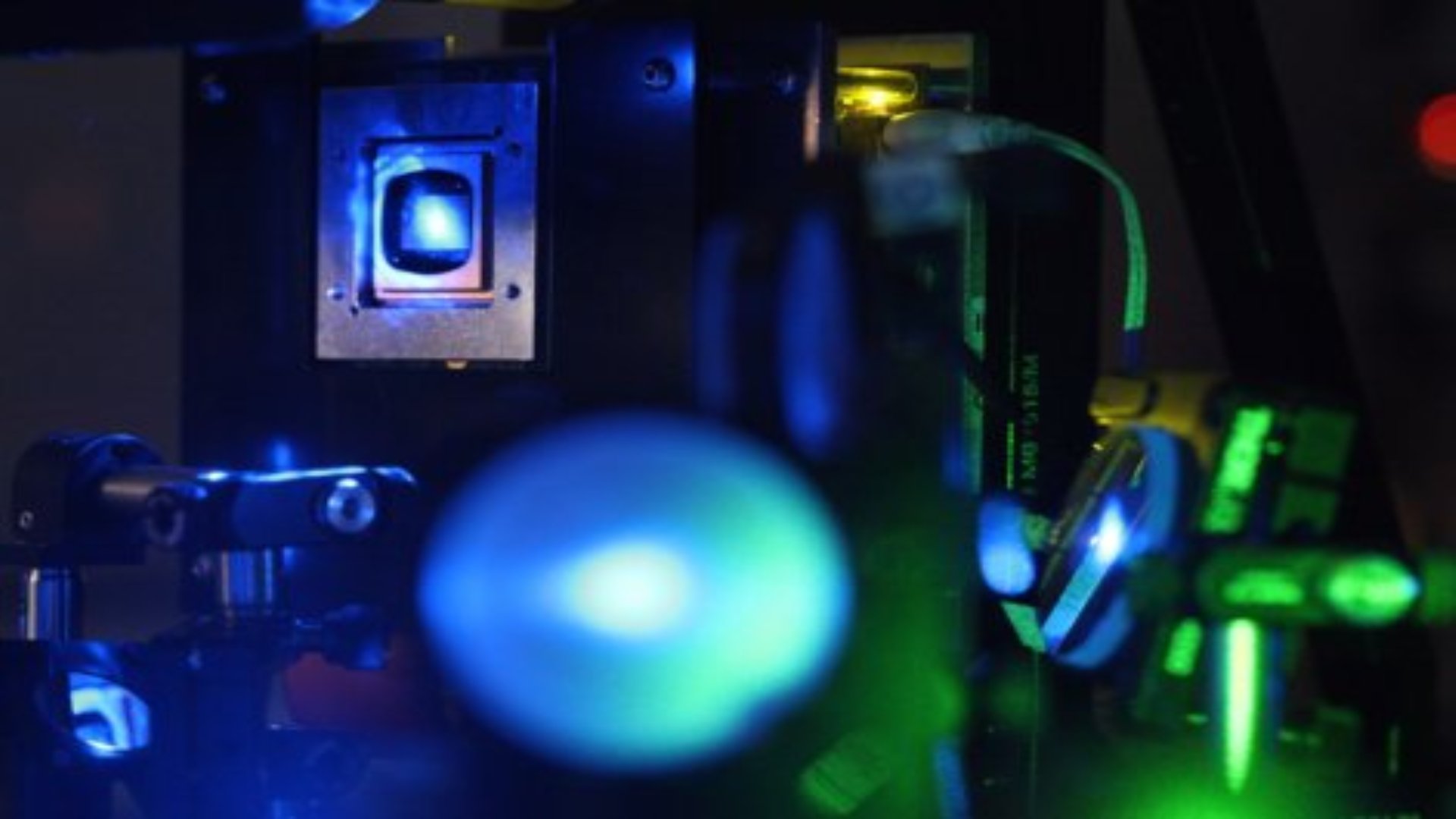
Microfluidic platform for cancer cells in gradients
Part of the NNF synergy Migragen.
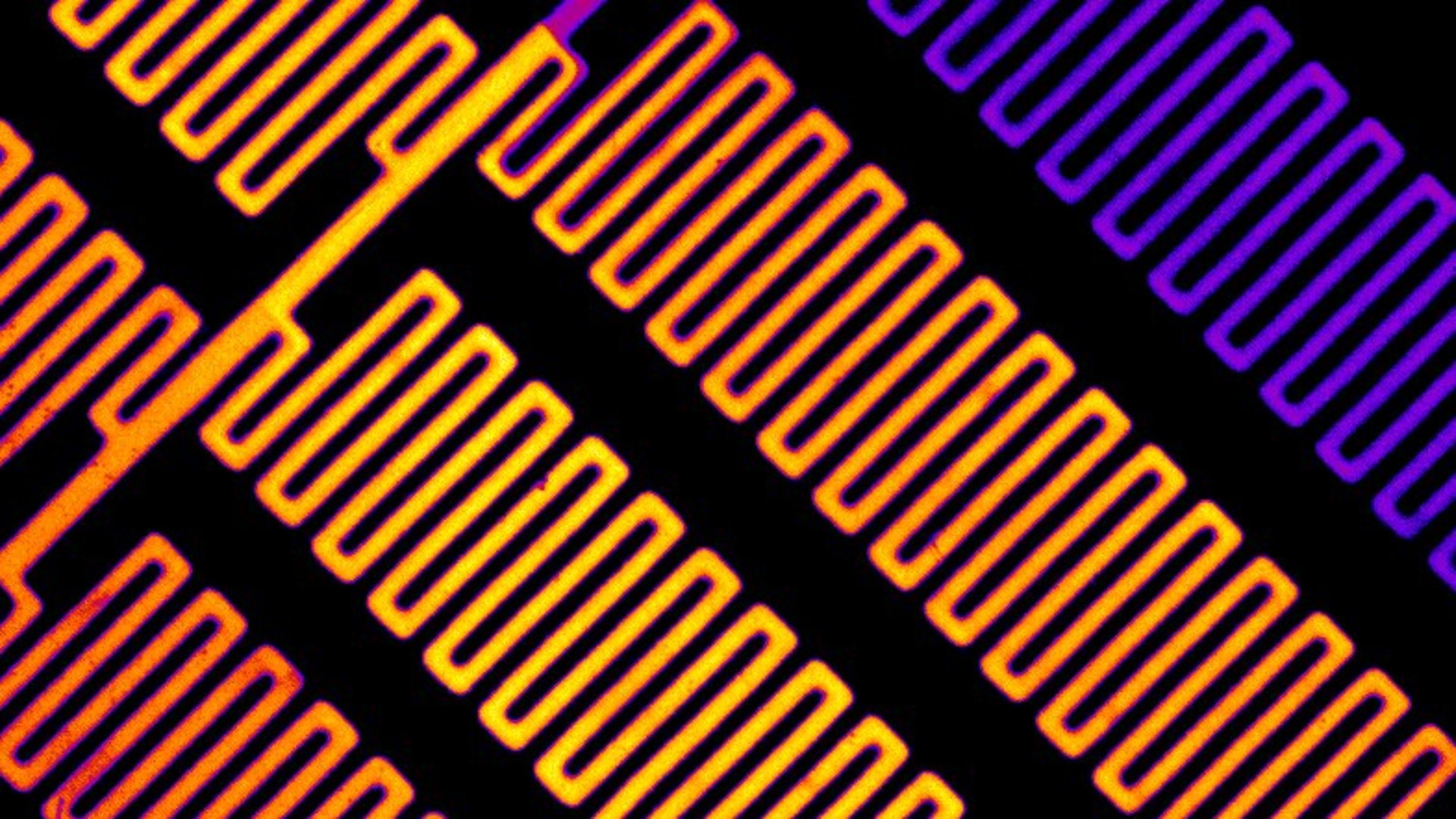
A reversible microfluidic platform for gradients
We design and fabricate a microfluidic platform able to create multiple chemical gradients over cells. The platform has a reversible sealing to allow for further analysis of the cells. It started as the project Micrograd.
In collaboration with:
Stine Falsig Pedersen (Copenhagen University).
Albin Sandelin (Copenhagen University).
Utte Resch-Genger (BAM, Berlin).
Microscopy for peptide transport studies
part of the NNF challenge center Citbio.

As part of the NNF challenge center Citbio, we use live-cell microscopy of lipidated peptide transport in gut epithelial models.
Optical mapping of DNA in nanofluidics
Using nanofluidics to visualize fluorescence barcodes on genomic DNA. Combined with microfluidics to trap single cells and extract the genomic DNA.
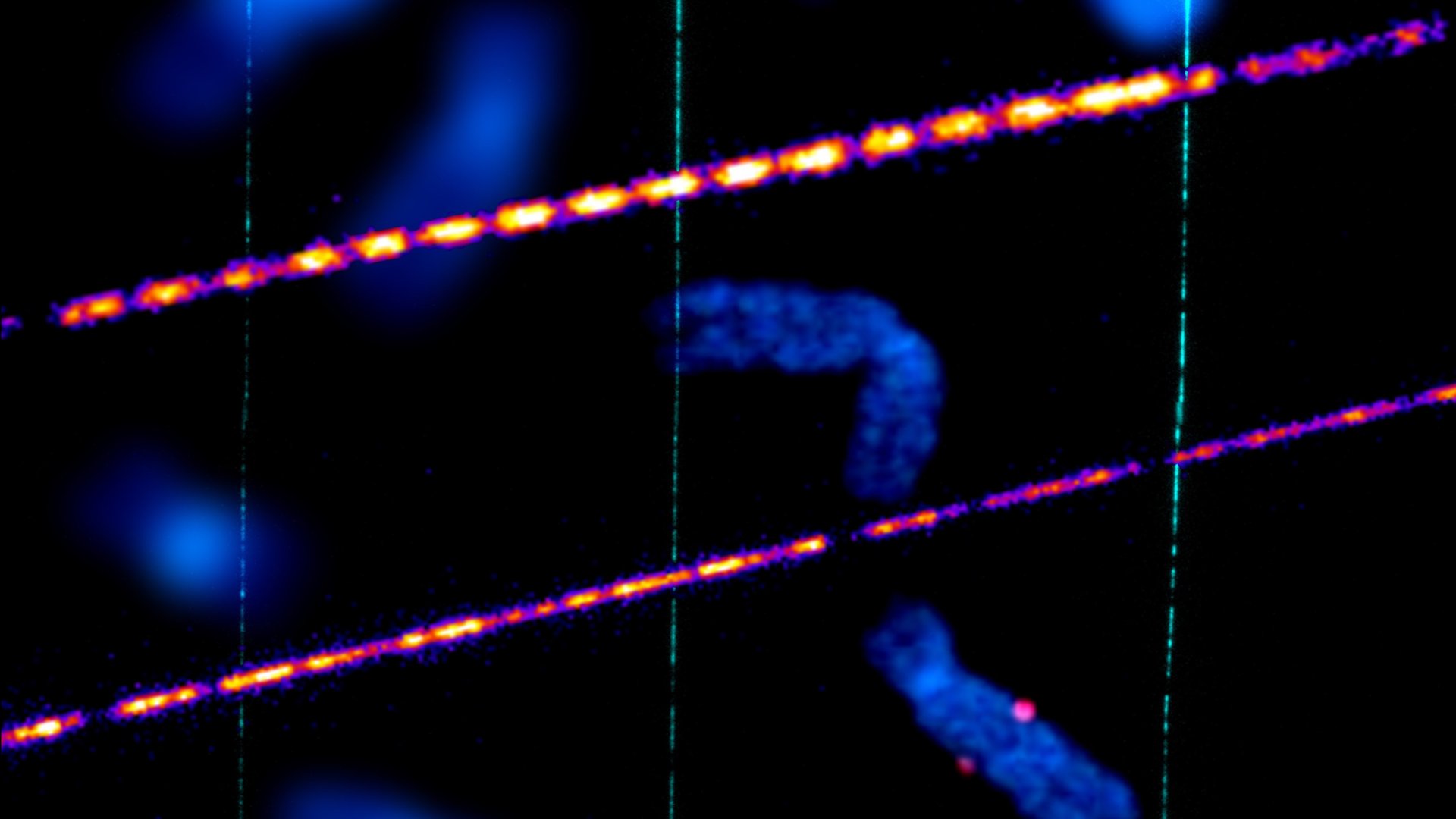
See our past work in the EU project Cellomatic under 'Publications'.
Group Leader
Rodolphe Marie Groupleader, Associate Professor Department of Health Technology Phone: +45 45255676 rcwm@dtu.dk
Former PhD students
Adam C. Hundahl
Martin K. Rasmussen
Former MSc students
Sofie Tidemand-Lichtenberg
Lu Chen